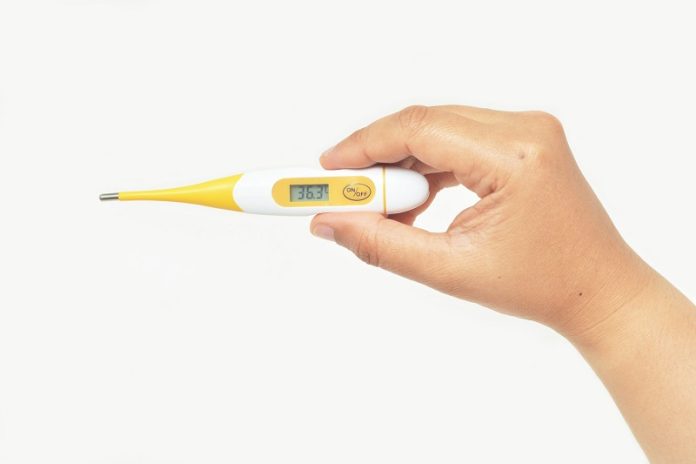
A recent study has confirmed that bird flu, specifically the H5N1 strain, has spilled over from birds to dairy cattle in the U.S. and is now spreading between mammals.
This includes transmission between cows and from cows to cats and a raccoon.
This discovery is significant as it is one of the first instances of mammal-to-mammal transmission of this highly pathogenic avian influenza.
Diego Diel, a professor of virology at Cornell University and co-author of the study, said, “This is the first time we are seeing efficient and sustained transmission of H5N1 between mammals.”
The study, titled “Spillover of Highly Pathogenic Avian Influenza H5N1 Virus to Dairy Cattle,” was published in the journal Nature.
Researchers performed whole genome sequencing on the virus and found no mutations that would increase its transmissibility to humans.
However, the evidence of mammal-to-mammal transmission is still concerning, as the virus could potentially adapt to mammals over time.
So far, there have been 11 human cases of H5N1 in the U.S., all with mild symptoms. Four cases were linked to cattle farms, and seven were linked to poultry farms.
The recent outbreak in Colorado involved the same strain found in dairy cows, suggesting the virus originated from dairy farms in that area.
While the virus can infect humans, the likelihood of efficient transmission between people is currently low. However, Diel emphasized the importance of monitoring the virus in both animals and humans to prevent potential future adaptations that could increase human transmission.
The U.S. Department of Agriculture (USDA) has funded testing programs for H5N1 at no cost to producers. Early testing, improved biosecurity measures, and quarantines are crucial to containing the virus.
The bird flu outbreak, first detected in January 2022, has resulted in the deaths of over 100 million domestic birds and thousands of wild birds in the U.S. Scientists at Cornell’s Animal Health Diagnostic Center (AHDC) and Texas A&M Veterinary Medical Diagnostic Laboratory were among the first to detect the virus in dairy cattle.
Infected cows showed symptoms like reduced appetite, changes in feces, respiratory issues, and abnormal milk production.
The study revealed that the virus has a high tendency to infect the mammary glands of cows and is shed in their milk. Fortunately, pasteurization kills the virus, ensuring a safe milk supply.
Researchers used whole genome sequencing and epidemiological data to confirm cow-to-cow transmission when infected cows from Texas were moved to Ohio. They also found the virus had spread to cats, a raccoon, and wild birds on affected farms, likely through contaminated raw milk or environmental exposure.
The study’s findings highlight the need for ongoing surveillance and biosecurity measures to prevent further spread of the virus. The research was funded by the AHDC, the Ohio Animal Disease and Diagnostic Laboratory, the Texas A&M Veterinary Medical Diagnostic Laboratory, and the USDA.
If you care about health, please read studies about vitamin D deficiency linked to severe COVID-19, death, and how diets could help manage post-COVID syndrome.
For more health information, please see recent studies that low-sodium plant-based diets may prevent COVID-19 better, and results showing zinc could help reduce COVID-19 infection risk.



